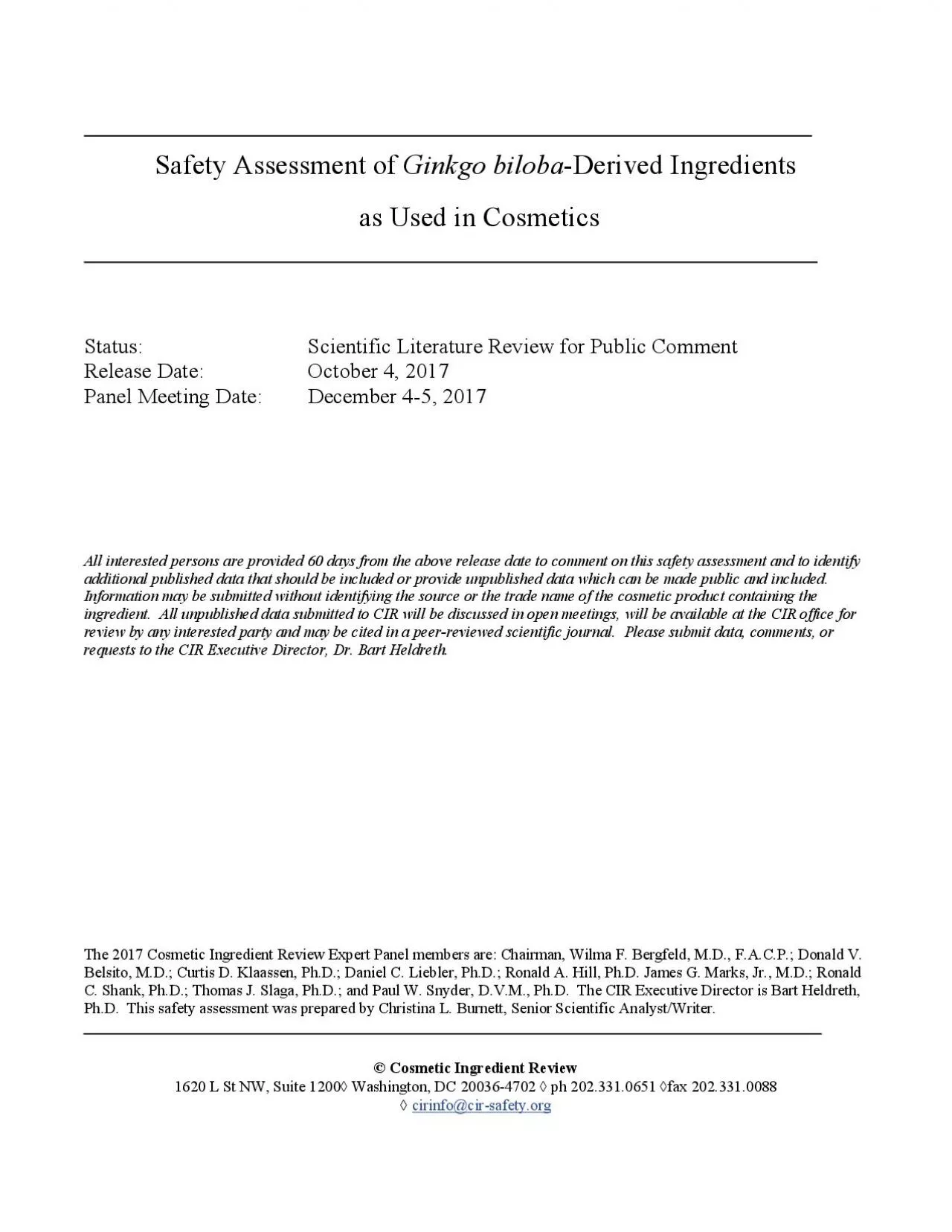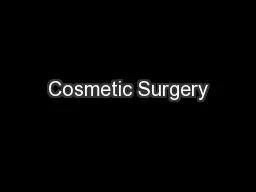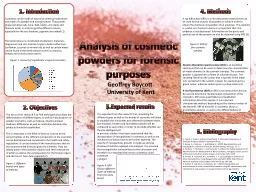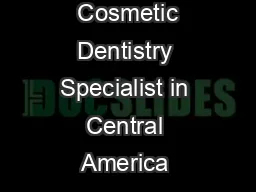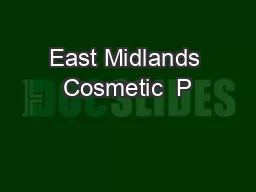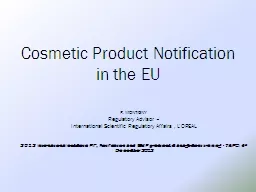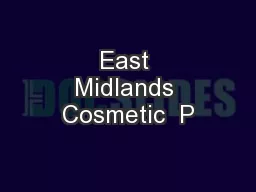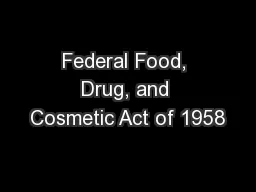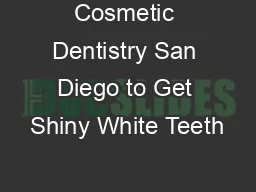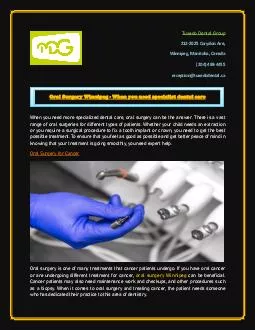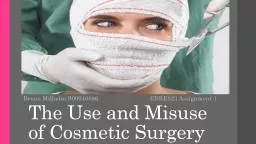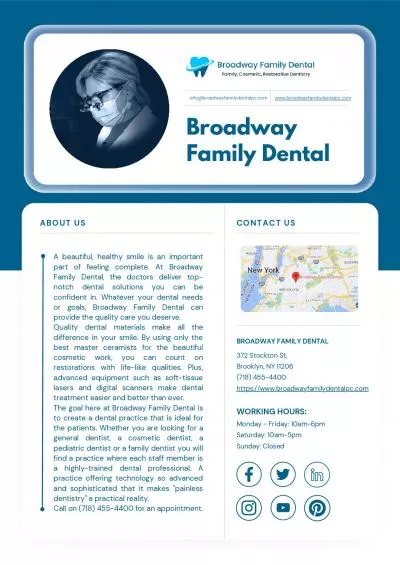PDF-Safety Assessment oGinkgo bilobaDerived Ingredientsas Used in Cosmetic
Author : arya | Published Date : 2022-10-11
INTRODUCTION The Ginkgo bilobaderived ingredients detailed in this report function mainly skin conditioning agents and antioxidants in cosmetic productsaccording
Presentation Embed Code
Download Presentation
Download Presentation The PPT/PDF document "Safety Assessment oGinkgo bilobaDerived ..." is the property of its rightful owner. Permission is granted to download and print the materials on this website for personal, non-commercial use only, and to display it on your personal computer provided you do not modify the materials and that you retain all copyright notices contained in the materials. By downloading content from our website, you accept the terms of this agreement.
Safety Assessment oGinkgo bilobaDerived Ingredientsas Used in Cosmetic: Transcript
Download Rules Of Document
"Safety Assessment oGinkgo bilobaDerived Ingredientsas Used in Cosmetic"The content belongs to its owner. You may download and print it for personal use, without modification, and keep all copyright notices. By downloading, you agree to these terms.
Related Documents

